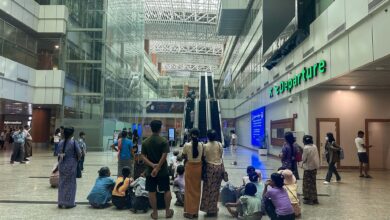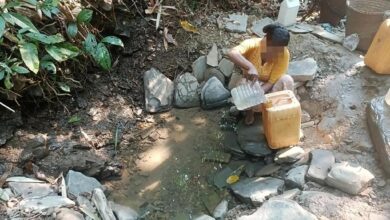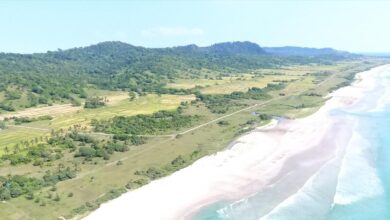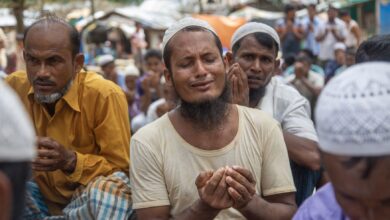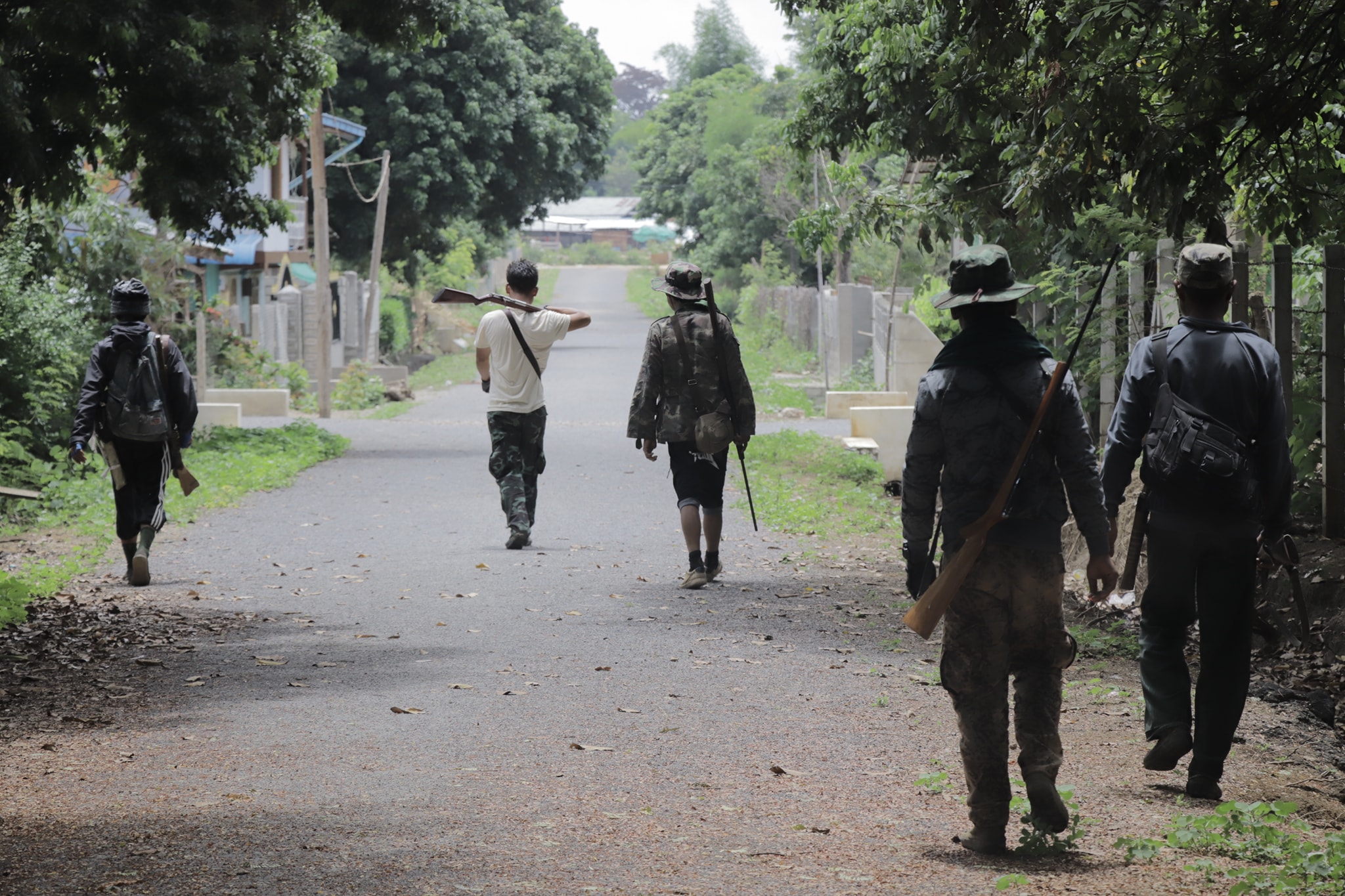
As armed resistance to the Myanmar military’s February 1 coup continues to grow around the country, a new front has opened in the struggle between regime forces and civilians fighting back with homemade weapons.
Since late last week, major clashes have been reported in an area of southern Shan State and northern Kayah (Karenni) State about 200km east of the capital Naypyitaw and about the same distance north of Kayin State’s Hpapun (Mutraw) District, which has also seen a dramatic escalation of hostilities.
Unlike the situation in Kayin State, where the conflict is between the military and the Karen National Liberation Army, an established ethnic armed group, the fighting in Shan State’s Pekhon Township and Demoso, Bawlakhe and Loikaw in Kayah State mainly involves regime forces and the Karenni People’s Defence Force (KPDF), part of the nationwide anti-coup resistance movement.
The KPDF goes on the offensive
The KPDF went into action last Friday after soldiers entered Demoso, a town less than 20km south of the Kayah State capital Loikaw, the day before and opened fire in residential areas. According to the KPDF, the regime’s troops also used explosives during their assault on the town, which resulted in the arrest of 13 people, including four civil servants who had defected from the regime.
The KPDF’s first response was to seize and burn down three outposts in Demoso and Bawlakhe townships with the help of a local ethnic armed group. Three police officers were killed during those initial clashes.
The group made it clear that it had prepared carefully ahead of the attacks, which it saw as part of the nationwide resistance movement called for by the National Unity Government.
“When the People’s Defence Force was formed, we started setting up township communication offices. We built our own strongholds to protect people. We warned [the junta’s authorities] from the beginning not to cross the line,” said a KPDF member who was involved in the fighting in Demoso, speaking on condition of anonymity.
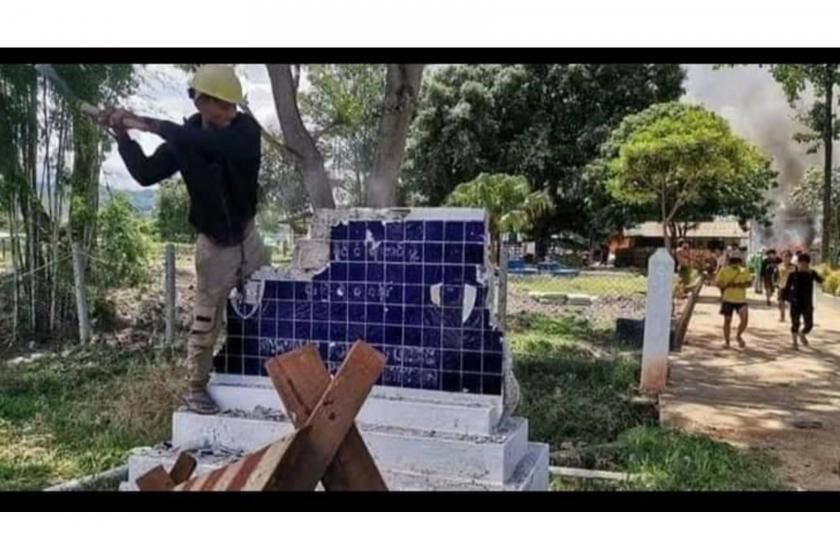
After the regime faced casualties in Demoso, it approached the KPDF for negotiations the next day, he added.
However, the KPDF members did not respond to this overture because they didn’t trust the military council, which they knew was sending reinforcements to Demoso.
Rather than back off, the civilian-led resistance force overran another local police outpost on Sunday morning, this time in Moebye, a town in southern Shan State’s Pekhon Township, on the border with Kayah State.
Regime troops suffered heavy casualties in the attack on the Moebye police outpost, where at least 20 of the junta’s forces were killed and four police officers were taken into custody by the KPDF.
“They call it a police station, but there were only three or four police there and all the others were soldiers. We ambushed the station because it had become a military outpost,” said the KPDF member.
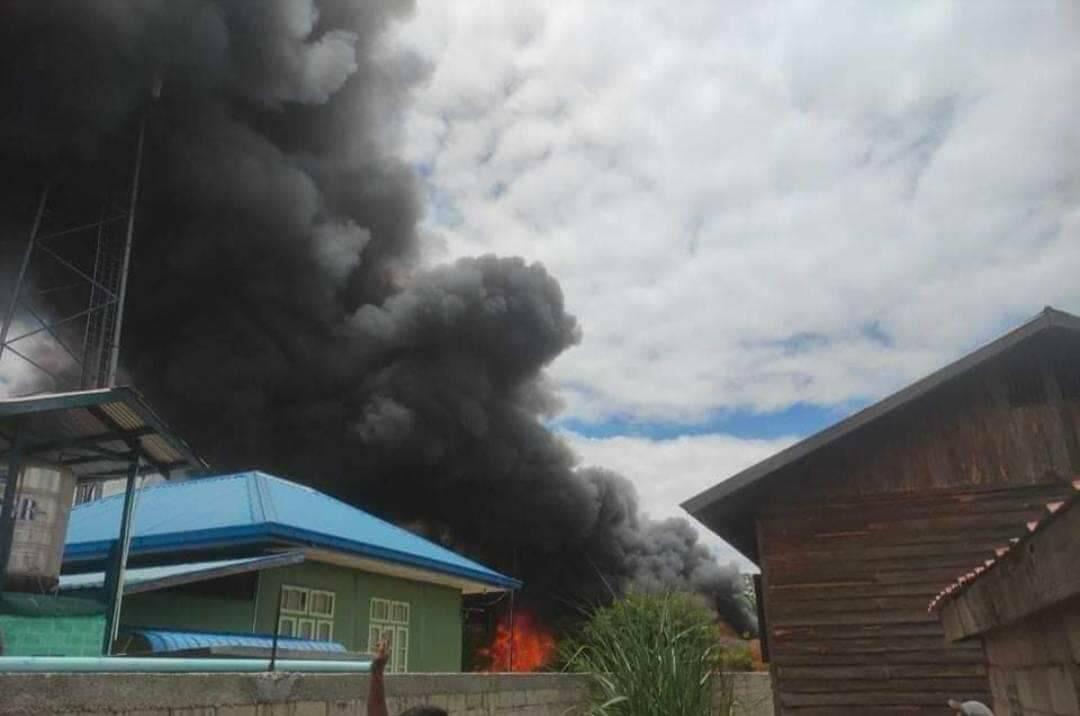
The Karenni youth-led resistance force spent two days preparing to overrun the police station, he added. On Sunday morning, they surrounded it and warned the soldiers and police inside to drop their weapons and surrender, he said.
“If they had just surrendered their weapons, it would have been better for both sides. There wouldn’t have been so many casualties, and we wouldn’t have had to waste our time or bullets,” he said.
At around 9:30am, the KPDF opened fire from outside the entrance to the station and a shootout began.
“Some of them ran, and some of them took cover to fight back. But most fled, and there weren’t enough holding us back, so there were a lot of casualties,” said the KPDF member, who estimated that there were around 30 soldiers and police at the station.
Three hours later, between 15 and 20 members of the regime’s forces were killed, and four more were captured alive, he added.
One KPDF member was killed, and four others were injured.
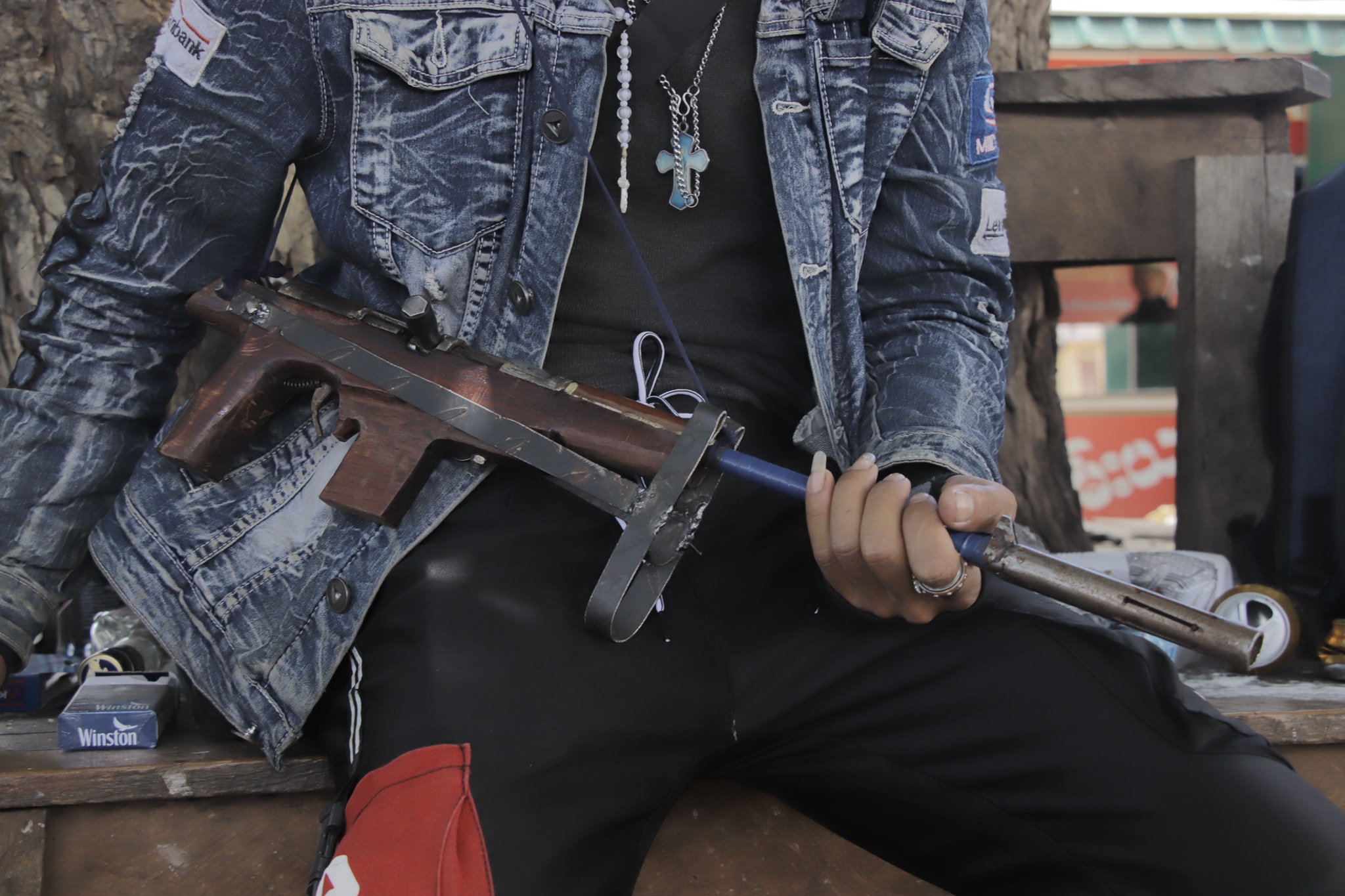
Fending off reinforcements
Later the same day, the KPDF launched two more attacks to prevent military reinforcements from entering the area.
The reinforcements were coming in three trucks from Pekhon in the north and six from Loikaw in the south. The first group was attacked in Hkwang Mai, a village on the way from Pekhon to Moebye.
“Some trees were cut down and put across the road in Hkwang Mai, so they had to start walking from there. There was a short fight and the PDF members there had to retreat a bit. But the reinforcements didn’t get to the police station in Moebye until after we overran it,” the KPDF member said.
The six trucks from Loikaw were ambushed at Kone Thar, a village about halfway between Loikaw and Moebye.
“The PDF youths in Kone Thar also held them off for a while. After a brief shootout, they retreated. These reinforcements also arrived only after we’d captured the station. They had to walk the whole way,” said the KPDF member.
The KPDF burned down any structure in the police station compound that the soldiers could use for shelter and dispersed before the reinforcements reached the scene.
“After we scattered, the reinforcements went into the station to observe the situation of their fellow soldiers. Then they started firing their guns. They kept it up late into the night, threatening residents,” the KPDF member said.
Although Light Infantry Battalion 422 is stationed only a mile away, near the Moebye dam—the main dam of the Lawpita hydropower project—it didn’t send any troops to the police station to defend it. Instead, it simply fired at the KPDF fighters from a distance, according to a member of the group who took part in the attack.
Likewise, troops based at an outpost in Waryikawkhu, a village about five miles from the Moebye police station, fired heavy artillery but did not provide any other support, he added.
The Global New Light of Myanmar, a junta-run newspaper, said on Monday that “some of the security members were killed in the attack” in Moebye and some were still “missing”.
The report described the local resistance force as “terrorists” and said the police outpost was attacked by a combined force of about 100 armed fighters.
Resistance fighters in Demoso also attempted to capture a police station in the town during a three-hour battle on Sunday afternoon, local media reported. However, the KPDF members were forced to retreat when army reinforcements, including some in armoured vehicles, arrived.
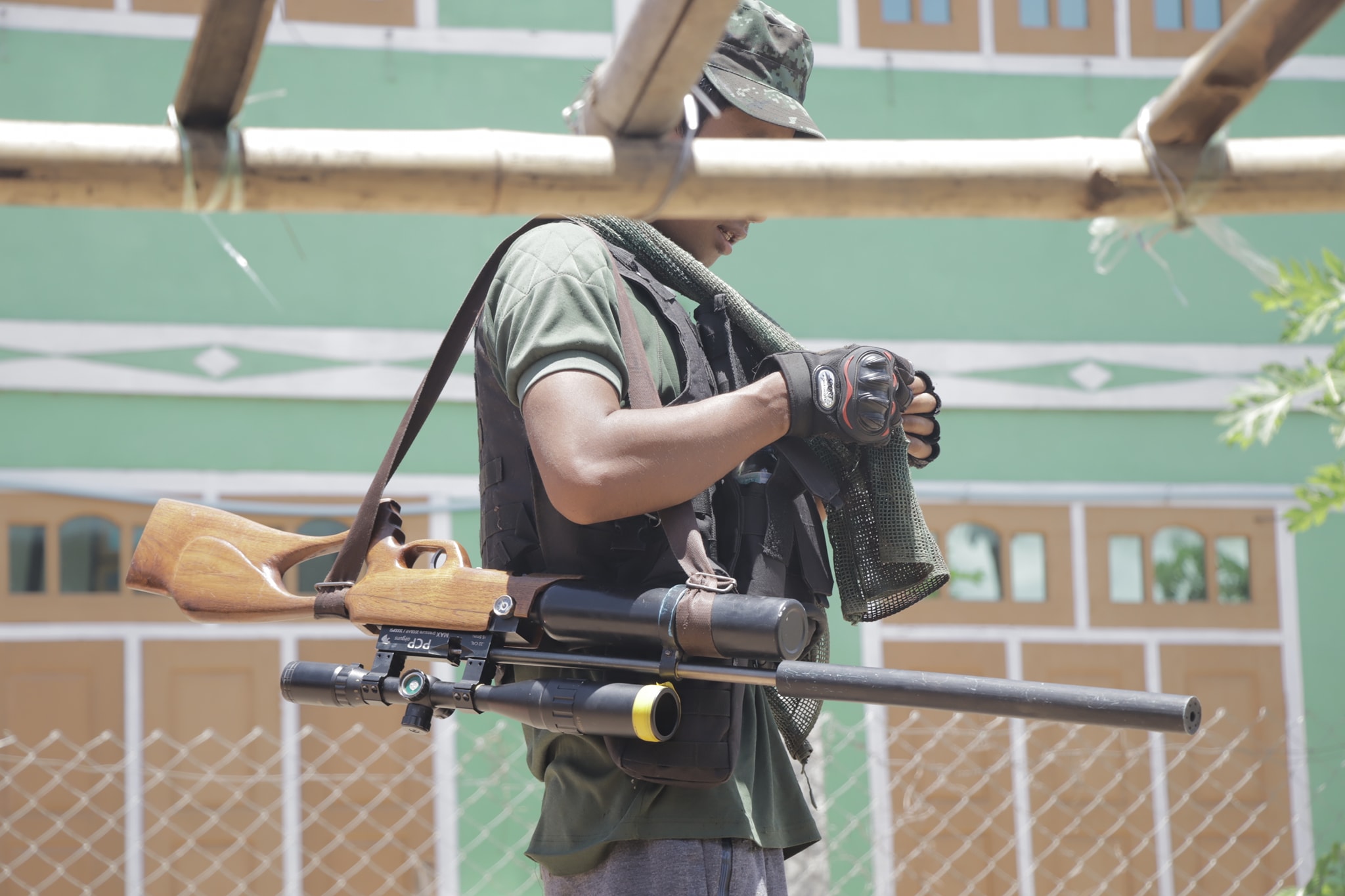
Civilians fall victim to reprisals
Following the attacks, regime forces started raiding local villages and terrorising civilians by opening fire with guns and heavy artillery.
One victim was a 50-year-old woman who was injured after being shot by soldiers while riding from Moebye to Loikaw on her motorbike.
At around 8pm on Sunday, a man on a motorbike was also shot on the Moebye-Loikaw road. He sustained a stomach wound and later died.
The next day, the military imposed day-time curfews in Moebye and Loikaw.
The junta’s armed forces are now stationed at the burned-out police station and a football field near Moebye, according to a local resident. He said the soldiers fired shots randomly on their way to Loikaw and Pekhon.
Around 50 youths were arrested on Monday but were later released after questioning. Those still in Moebye are currently taking shelter in the town’s churches, the local added.
More than 10,000 villagers from the surrounding area have fled their homes, while many inside the town are unable to leave due to the regime’s campaign to crush the armed uprising with lethal force.
“Some people don’t want to leave, but those who do can’t anyway, because there’s no way out. They’re afraid they’ll be shot at if they try to leave,” said a Moebye resident who spoke to Myanmar Now on Tuesday.
At least nine civilians have been killed since Monday, including a young man who was shot in the head by regime troops who had tied his hands behind his back.
Lt-Gen Soe Htut, the junta’s minister for home affairs, arrived in Kayah on Tuesday. The junta-run Global New Light of Myanmar reported on Wednesday that Lt-Gen Soe Htut had “inspected” Moebye and Pekhon police stations and provided “cash assistance” to the police, soldiers, and their family members from coup council chairman Snr-Gen Min Aung Hlaing.
The report, however, did not mention the casualties at and damage to the Moebye police outpost after it was attacked by Karenni resistance fighters.
It said Lt-Gen Soe Htut also visited Loikaw prison to inspect “prison healthcare services, accommodation and meals.”
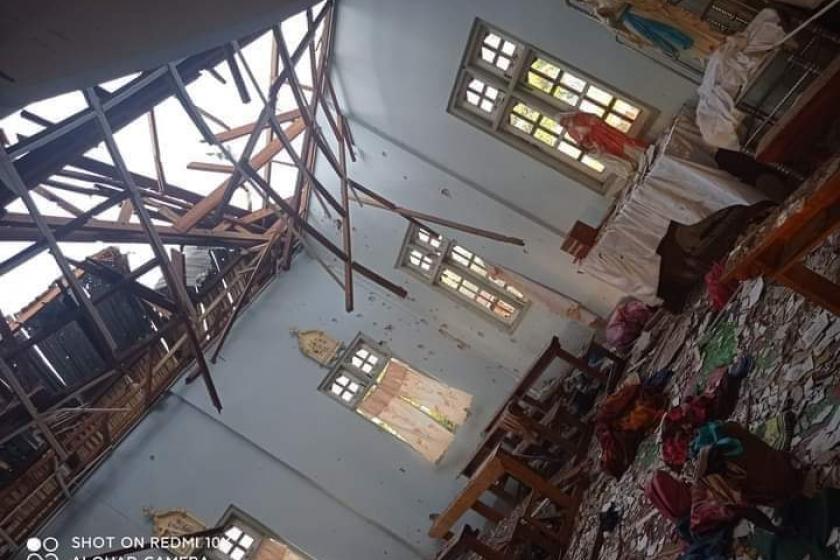
Meanwhile, there were also reports that the military was using drones as part of its offensive against resistance forces.
“There were drones. Every time one passed, shells fell immediately. They were so fast we couldn’t keep up with them. They’re very advanced,” said a KPDF fighter from Demoso.
On Monday, multiple military planes were seen landing at Loikaw’s airport, carrying soldiers and equipment.
Armed only with handmade weapons, the KPDF fighters are up against a military that is far better equipped. There are even concerns that the regime could start carrying out airstrikes, as it has been doing in Kayin State since late March.
Despite the prospect of an overwhelming show of force, however, many resistance fighters remain convinced that it is still possible to defeat the junta.
“I’d like to call on the entire nation to rise up. Then this dictatorship could end in a short time,” said one KPDF member.
Editor’s Note: This article was updated on May 26 to include details of Lt-Gen Soe Htet’s visit.
